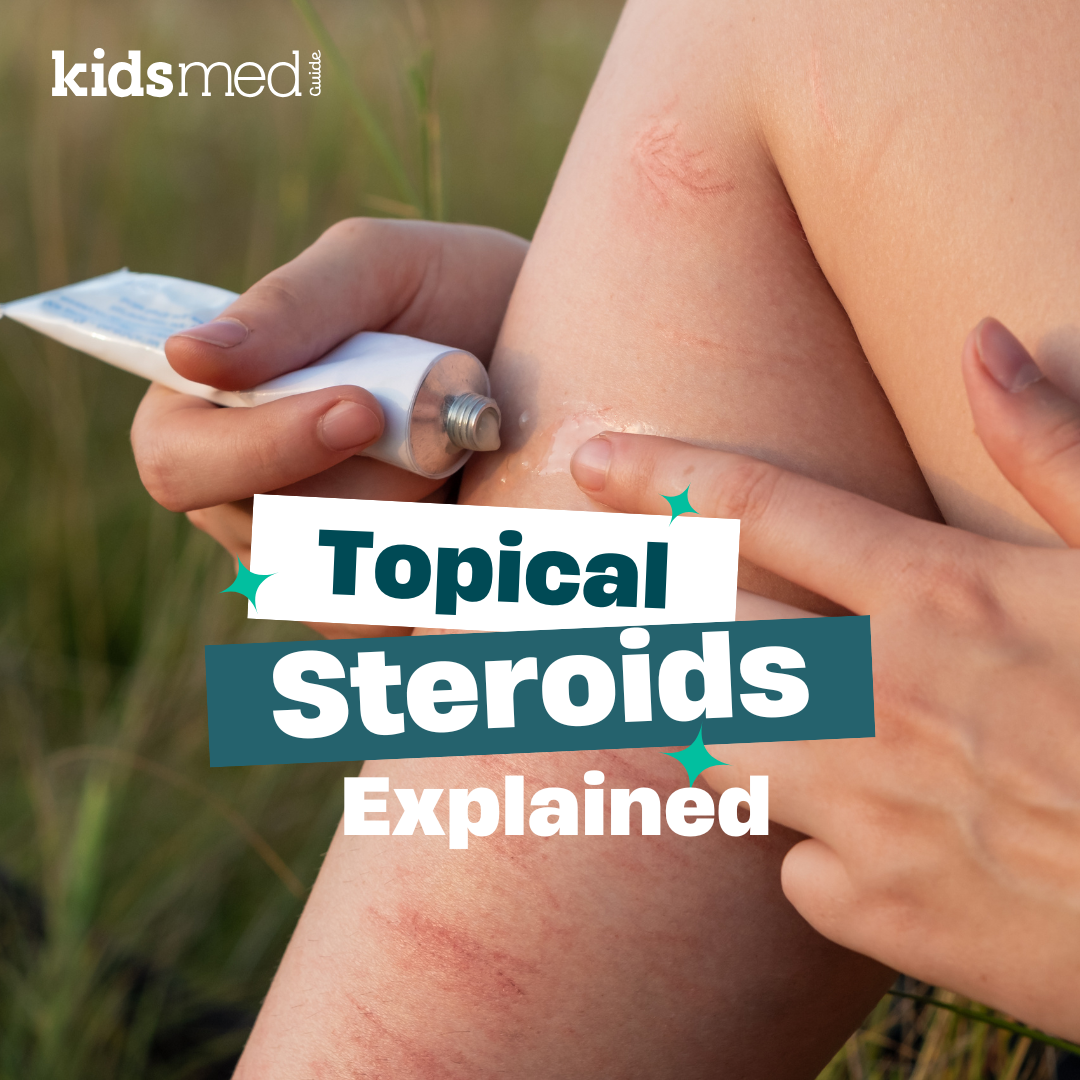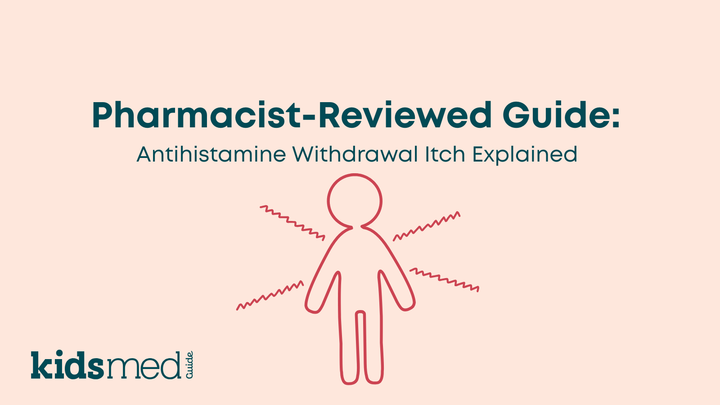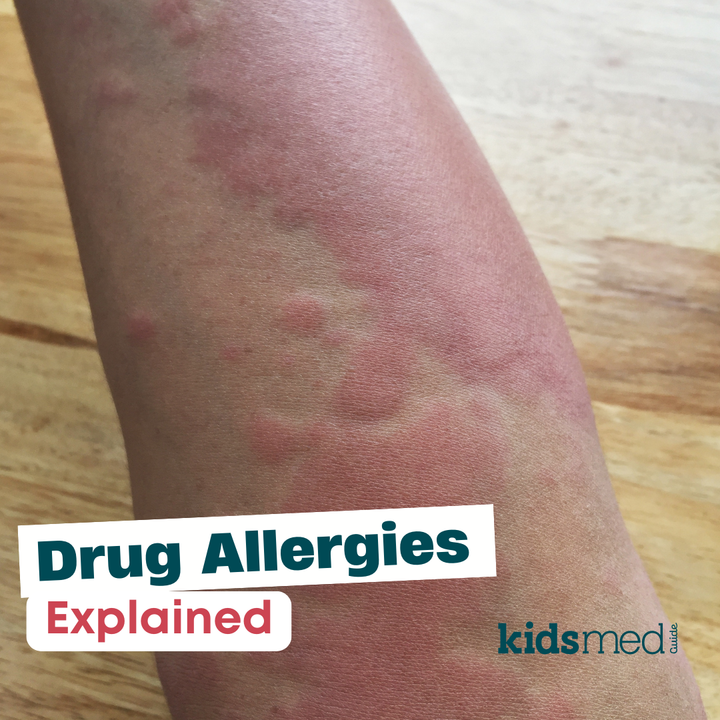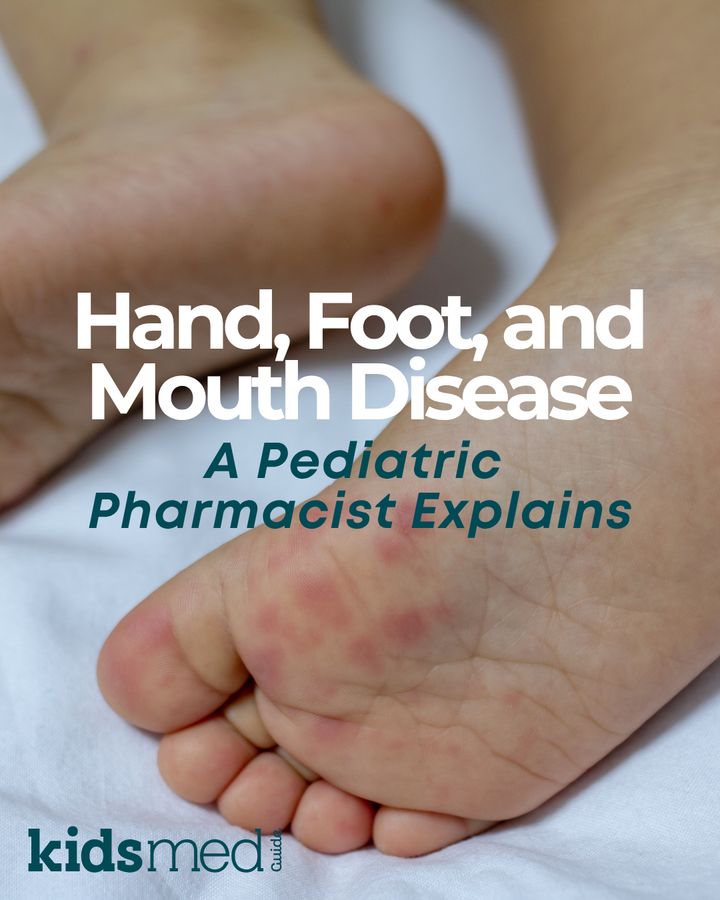Are Topical Steroid Creams Safe for Kids?

It's summertime, which means that kids are outside! With the sun and fun come bug bites to be had and poison ivy to contend with. You might be wandering the aisles of the drugstore, wondering how to stop the itch. Enter: steroid cream.
Chances are you’ve used a steroid cream on your child before, or at least thought about it. Steroids are helpful medicines for treating various inflammatory conditions, but they also get some bad publicity, and rightly so.
While steroids can be very effective, they also have a number of side effects. You don’t want to treat a little eczema and end up with The Hulk for a child, right?!
Fortunately, topical steroids, which are creams applied to the skin, are better tolerated and have fewer concerning side effects than oral steroids. When used as directed by a pediatrician, they are generally safe. So don’t worry too much, parents. There should be little to no ‘roid rage with steroid creams if used properly!
What Are Topical Steroids?
Topical corticosteroids (also called steroid creams) decrease inflammation, itching, and redness on the skin. They work directly at the inflammation site, which is safer than oral medication and has fewer side effects than taking a steroid by mouth.
Topical steroids are commonly used to treat:
- Eczema
- Contact dermatitis (inflammation caused by poison ivy, allergies, or something that irritates the skin)
- Insect bites
- Psoriasis (in older children)
- Diaper rash (yeast- or allergy-related, under medical supervision)
- Itch
- Hives (under the guidance of a physician)
Hydrocortisone: Best for Mild Skin Conditions
Hydrocortisone 0.5% to 1% is the mildest topical steroid and is available over the counter. It comes in various forms, including creams, ointments, and lotions. It’s commonly used for mild skin flare-ups, such as mild eczema or itchiness from bug bites. It’s generally safe for short-term use (less than 2 weeks) in children.
If your child is an infant or if the treatment area is on the face, head, or groin, consult a pediatrician before use. Infants have thinner skin, which increases the likelihood of absorption from a topical product. Similarly, the skin on the head or groin is thin, and users should be aware of potential additional side effects when using the product.
How to Use Topical Steroids Safely
- Apply a thin layer topically to the affected area of the skin. Dab it on, don’t rub it in like lotion.
- Use sparingly: 1–2 times a day, for no more than 7 days, and then check in with your healthcare provider. A doctor may advise you to use a topical steroid for up to 2 weeks at a time, followed by a 2-week break.
- Avoid broken skin or open wounds.
- Don’t use on the face, head, groin, or diaper area without medical direction.
- Always wash your hands before and after applying any product.
- Store the medication safely out of reach. It’s safe when used topically, but it could be dangerous for children or pets if ingested.
What About Stronger Steroids?
Medium- or high-potency topical steroids, such as triamcinolone, betamethasone, or mometasone, are prescription only and should be used under careful medical supervision. These are primarily used for moderate to severe conditions that haven’t improved with milder options, such as hydrocortisone.
Generally, for children, it’s best to try the lowest potency option and use it for the shortest duration necessary. Less is always more!
More potent prescription steroids are essential options for treating moderate to severe skin conditions. Generally, they should cause fewer side effects than long-term oral steroids. However, due to the higher potency of these prescription topical steroids, a pediatrician should oversee their use and monitor for side effects.
If your child has a skin condition that affects large areas and requires a potent steroid, an oral dose or another medication class may be a better choice. Your healthcare provider should discuss all the options, risks, and benefits with you.
Side Effects to Watch for When Using Topical Steroids
- Thinning of the skin, especially with long-term use or in sensitive areas such as the face or scalp
- Stretch marks or discoloration
- Increased risk of skin infections
- Bruising
- Acne-like blemishes
- Hormonal effects (rare, but possible with chronic use, overuse, or covering large areas)
- Growth suppression and other systemic (whole-body) effects can occur with long-term use, especially if the steroid is potent, the treated area is large, or the patient is an infant (since an infant’s skin is thinner).
With the short-term use of low-potency creams, such as hydrocortisone 0.5% or 1%, most of these side effects are rare.
Pro Tip: The Fingertip Unit
One fingertip’s length of cream is enough to cover about two adult handprints. That’s a good guide to help avoid overuse. Topical steroid application should be thin and light.
Final Thoughts
Topical steroids can help reduce skin inflammation when it’s limited to small areas, like eczema patches. Hydrocortisone and other prescription topical steroids are safe to use when applied as directed and for short periods. Chronic skin conditions that require long-term use of topical steroids should be managed under the guidance of a pediatrician.
Many of the concerning side effects linked to steroid use, such as mood changes, blood sugar swings, or stunted growth, are associated with oral steroids, making topical steroids a good choice to treat itchy, irritated skin directly at the inflammation site.
Get rid of the itch, without The Hulk!
The following references were used to compile this information:
Chu, A. W. L., Rayner, D. G., Chu, X., Chen, L., Dong, A. Y. H., Waserman, S., Baker, D. R., Sheikh, J., Moellman, J., Lang, D. M., Ben-Shoshan, M., Mathur, S. K., Beck, L. A., Khan, D. A., Oliver, E. T., Asiniwasis, R. N., Chan, J., Cole, E. F., Trayes, K. P., … Chu, D. K. (2024). Topical corticosteroids for hives and itch (urticaria): Systematic review and Bayesian meta-analysis of randomized trials. Annals of Allergy, Asthma & Immunology, 133(4), 437-444.e18. https://doi.org/10.1016/j.anai.2024.06.003
Corticosteroids for Atopic Dermatitis. (n.d.). Retrieved June 20, 2025, from https://www.aap.org/en/patient-care/atopic-dermatitis/treatment-of-atopic-dermatitis/corticosteroids-for-atopic-dermatitis/
Stacey, S. K., & McEleney, M. (2021). Topical Corticosteroids: Choice and Application. American Family Physician, 103(6), 337–343.



